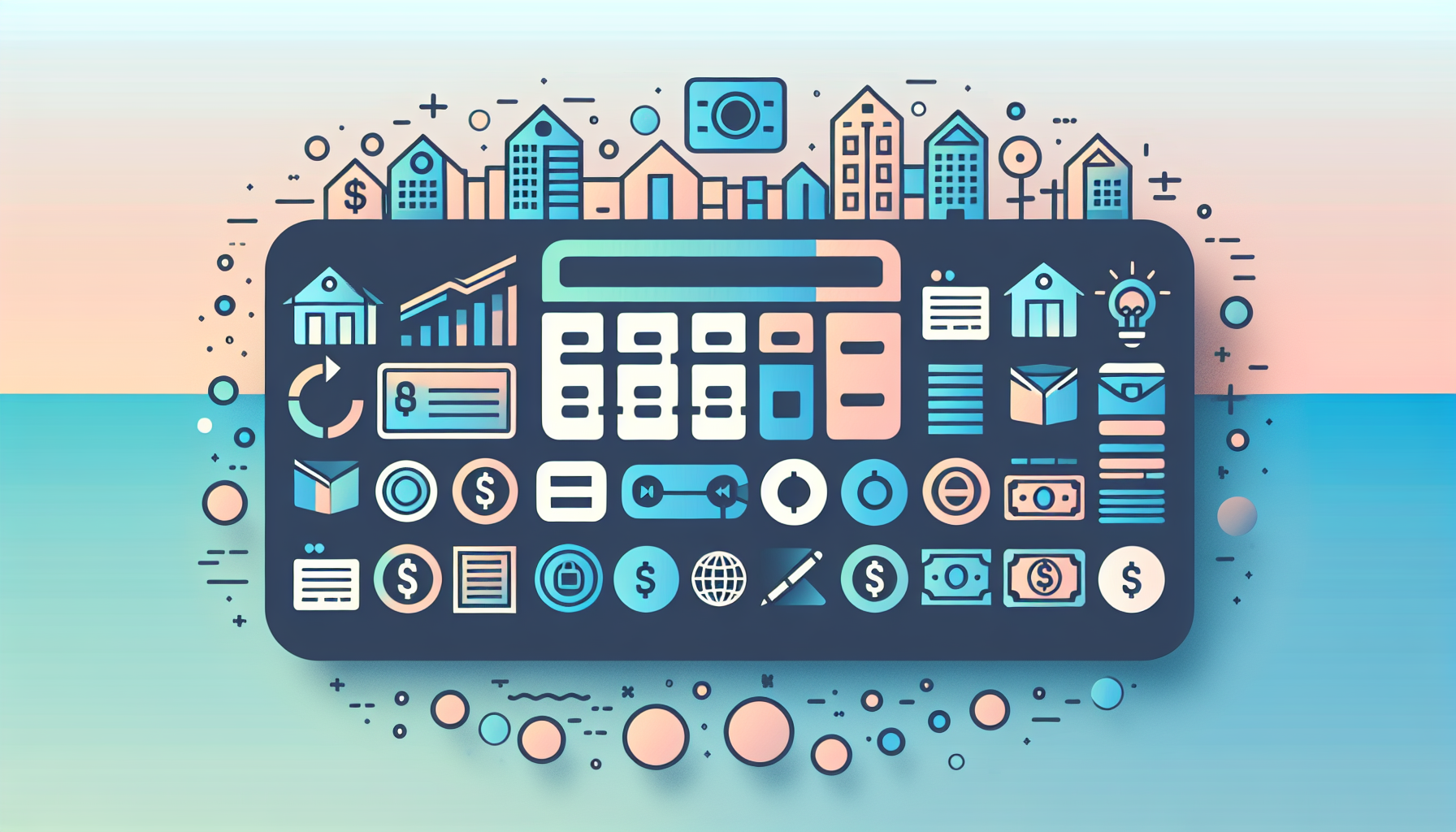How to Qualify for a Mortgage with Alternative Credit

For many individuals, the dream of homeownership seems out of reach due to stringent traditional mortgage requirements. However, there are alternative paths to securing a mortgage, particularly for those without a conventional credit history. This guide will explore how to qualify for a mortgage using alternative credit methods, including non-traditional credit history and manual underwriting, with a focus on FHA alternative credit options.
Understanding Alternative Credit
Alternative credit refers to financial responsibility demonstrated through non-traditional means, such as utility bills, rental payments, and insurance premiums. This approach is crucial for individuals with thin or no credit history, as it allows lenders to assess creditworthiness without relying on traditional credit scores.
Non-Traditional Credit History
Non-traditional credit history involves using alternative sources to verify a borrower's financial responsibility. According to Fannie Mae's guidelines, lenders must first confirm that a borrower lacks a credit score by checking all three major credit repositories. If no credit score is available, lenders can use non-traditional credit sources for underwriting.
Examples of non-traditional credit sources include:
- Utility Bills: Payments for gas, electricity, water, cable, and internet services.
- Rental Payments: Regular rent payments can serve as a strong indicator of financial responsibility.
- Insurance Payments: Life, health, or auto insurance premiums paid regularly.
- Child Care or School Tuition Payments: Consistent payments for educational or childcare services.
For those with no credit history, maintaining a record of timely payments for at least 12 months is essential. This can significantly improve the chances of qualifying for a mortgage through alternative credit methods.
Manual Underwriting
Manual underwriting involves a more personalized assessment of a borrower's financial situation, often used when automated systems cannot provide a clear approval. This process is particularly useful for borrowers relying on non-traditional credit sources. Manual underwriting allows lenders to consider additional factors such as job stability, cash reserves, and income-to-debt ratio, providing a more comprehensive view of the borrower's financial health.
For instance, if a borrower has a stable income and significant cash reserves but lacks a traditional credit score, manual underwriting can help secure a mortgage approval by focusing on these strengths rather than solely on credit history.
FHA Alternative Credit Options
The Federal Housing Administration (FHA) offers mortgage options that can accommodate borrowers with alternative credit profiles. FHA loans are known for their more lenient requirements compared to conventional loans, making them a viable option for those who cannot qualify through traditional means.
FHA loans allow the use of alternative credit sources to establish creditworthiness. This includes rental history, utility payments, and other recurring bills. However, FHA guidelines require that there be no delinquencies on rental payments within the past year and only one account (excluding rental housing) can have a 30-day delinquency in the same period.
Additionally, if all borrowers on the loan are using non-traditional credit, at least one borrower must complete a homeownership education course before the loan closes, as per Fannie Mae's requirements.
Case Study: Using Alternative Credit for FHA Loans
Consider a scenario where a young professional, new to the country, lacks a traditional credit history but has consistently paid rent and utility bills on time. By documenting these payments over a year, this individual could qualify for an FHA loan using alternative credit sources. This approach not only helps secure a mortgage but also begins building a credit history.
Non-Qualified Mortgages (Non-QMs)
Non-Qualified Mortgages (Non-QMs) are another alternative for borrowers who do not meet the stringent requirements of Qualified Mortgages (QMs). Non-QMs often cater to individuals with less-than-perfect credit or those who cannot provide traditional income documentation. These loans may offer features like interest-only payments or longer loan terms, which are not available in QMs.
Non-QMs are particularly beneficial for foreign nationals or investors who may not fit into traditional mortgage frameworks. However, they come with higher risks and typically require a more substantial down payment to mitigate these risks.
Benefits and Risks of Non-QMs
The benefits of Non-QMs include flexibility in loan terms and the ability to qualify with alternative documentation. However, these loans often come with higher interest rates and fees compared to traditional mortgages. Borrowers should carefully weigh these factors before opting for a Non-QM.
For more detailed information on Non-QMs and how they compare to traditional mortgages, you can visit MFM Bankers for insights into alternative mortgage options.
Building a Strong Alternative Credit Profile
Building a strong alternative credit profile requires consistent and timely payments across various accounts. Here are some strategies to enhance your alternative credit:
- Pay Bills Electronically: Use online payments or checks to create a verifiable record of your payments.
- Document Everything: Keep detailed records of all payments, including receipts and bank statements.
- Choose Recurring Bills: Focus on bills that are paid regularly, such as utilities and insurance premiums.
- Maintain a Stable Income: A steady income can significantly improve your creditworthiness in the eyes of lenders.
For those interested in exploring alternative credit options further, resources like HomeX Mortgage provide valuable guidance on using non-traditional credit to secure a mortgage.
Conclusion and Next Steps
Qualifying for a mortgage with alternative credit requires careful planning and documentation. By leveraging non-traditional credit sources and understanding the options available through FHA loans and Non-QMs, individuals can overcome traditional credit barriers and achieve homeownership.
For those looking to explore mortgage options further, tools like the WP Ultimate Loan & Mortgage Calculator can help navigate the complexities of mortgage calculations and provide insights into different loan scenarios. If you have questions or need personalized advice, feel free to contact us for assistance.
Additionally, visiting websites like HSH.com can offer more detailed advice on alternative routes to mortgage approval, while Affinity Home Lending provides insights into alternative sources for establishing credit.











